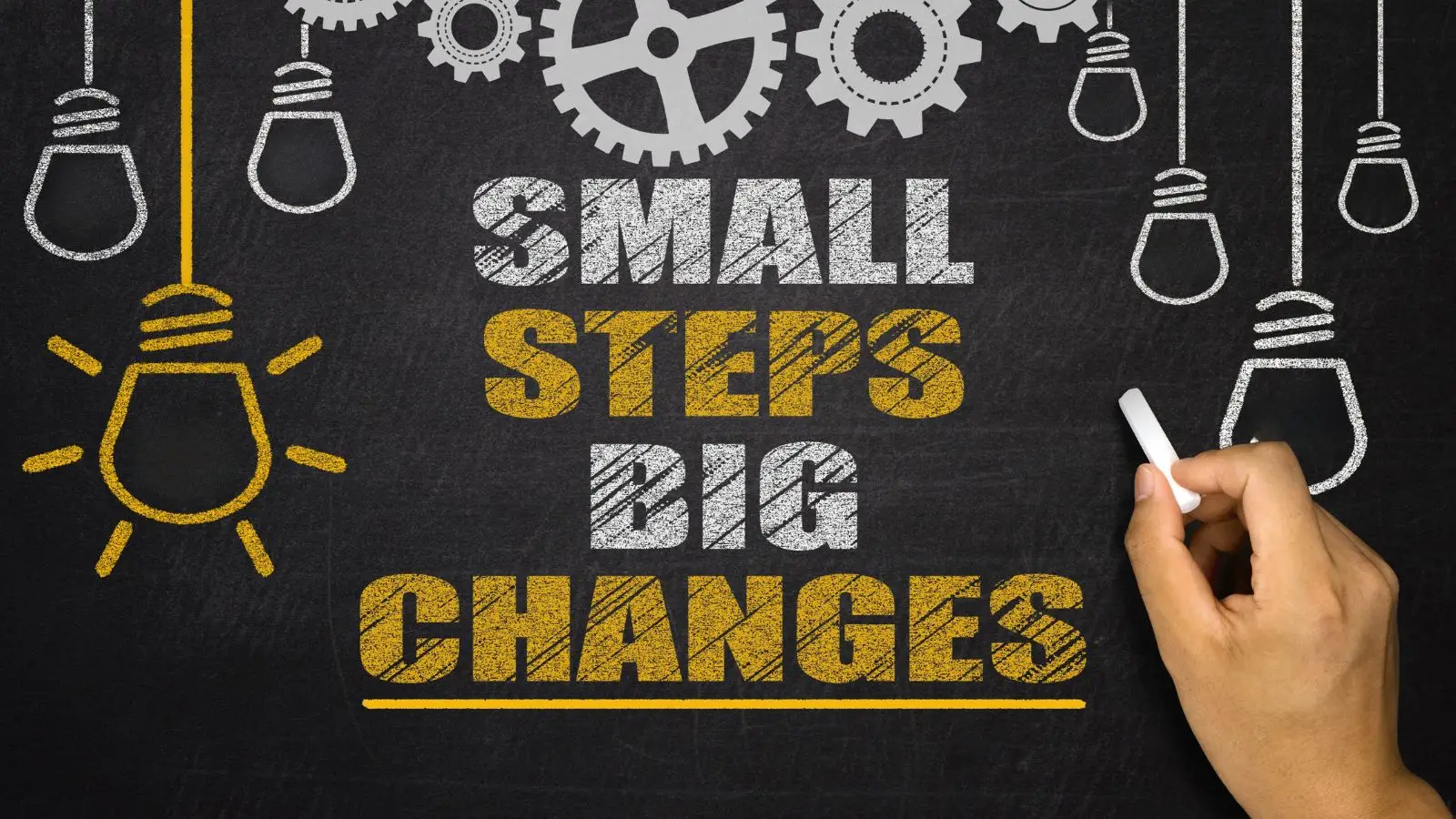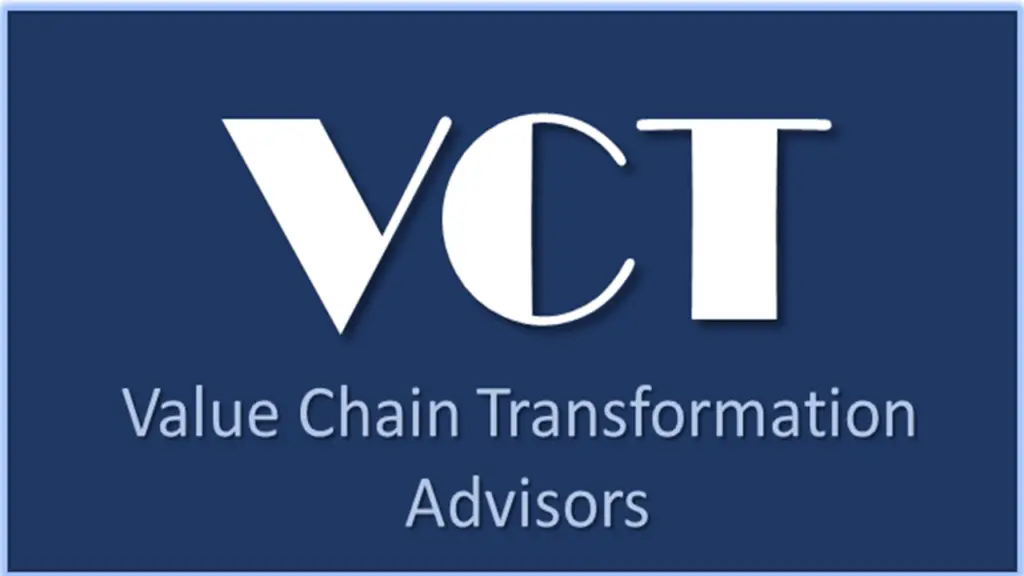Sweeping, large-scale changes might sound appealing when tackling complex challenges, getting them started and over with quickly, but they often do more harm than good. This was the central message of Beau Lotto’s keynote at the GAINS Summit in Chicago. Lotto, a professor of neuroscience and founder of The Lab of Misfits, explained why radical shifts disrupt systems, create resistance, and amplify risks. Instead, he champions incremental, adaptive change—a concept that resonates deeply with those in supply chain management.
“Incremental change works because it mirrors how our brains—and organizations—naturally adapt to complexity,” Lotto explained. “Abrupt changes disrupt established systems, cascading through interdependencies and destabilizing processes that might otherwise be functional.” This notion is particularly familiar to supply chain professionals, where one misstep can trigger significant ripple effects.
The Problem with “Rip and Replace”
In supply chain, “rip and replace” is a daunting phrase. Replacing an entire supply chain management system overnight sounds like a logistical nightmare, yet many organizations attempt it. Why? Often, they feel there’s no alternative when faced with outdated, monolithic systems. This approach introduces tremendous risks.
According to McKinsey, 70% of large-scale transformation efforts fail. The reasons are clear:
- Teams are forced to adapt to unfamiliar technologies with minimal preparation.
- Operational disruptions increase.
- Errors and unforeseen consequences multiply.
Even minor rollout missteps can undermine trust and efficiency internally and externally. Customers, suppliers, and employees all feel the strain. Unsurprisingly, many organizations revert to “old ways of working,” abandoning ambitious transformation projects midstream.
The Case for Incrementalism
In contrast, incremental change respects the dynamics of adaptation. Organizations can seamlessly integrate new solutions into existing systems without derailing operations by implementing small, focused improvements. This approach mirrors evolution in nature—small, constant adjustments leading to lasting success.
Lotto emphasized this point: “Smaller shifts are easier to implement, measure, and adjust, allowing teams to iterate toward better outcomes without overwhelming resources.” This principle applies across industries and operational challenges.
Incremental Change in Action
Supply Chain Optimization
Instead of overhauling your entire inventory management system, integrate a machine learning model for demand forecasting in one product category or region. This allows for targeted application, measurable results, and confident scaling to other areas.
How Incremental Change Helps:
An incremental approach minimizes risk by focusing on manageable improvements. For example, implementing a machine learning model for demand forecasting in one product category or region allows teams to:
- Test the model’s accuracy in a controlled environment.
- Gather insights and refine the process before wider deployment.
- Reduce disruption to existing operations while achieving measurable progress.
This method ensures that issues are identified and resolved early, building confidence and support for scaling the solution across the organization.
Technology Adoption
Try transitioning from manual processes to digital tools one department at a time. For instance, digitize procurement workflows first, providing training and resources to employees. Once successful, extend to logistics and inventory management.
How Incremental Change Helps:
Phasing in digital tools one department at a time reduces the feeling of chaos that often accompanies large-scale changes. By starting with a specific area like procurement, organizations can:
- Provide focused training, ensuring employees are comfortable with the new tools.
- Measure the efficiency gains and use those results to build buy-in for broader implementation.
- Avoid widespread disruption while maintaining productivity in other departments.
This approach ensures smoother transitions, helping employees adapt and fostering organizational alignment.
Customer Service
Focus on specific pain points where complaints are most frequent. For example, improve response times for high-priority inquiries. Gradually refine other areas of customer interaction, building trust step by step.
How Incremental Change Helps:
Tackling specific customer pain points first allows companies to deliver immediate, visible improvements. By addressing high-priority inquiries:
- Teams can quickly demonstrate progress and build trust with customers.
- Organizations can refine their processes and apply lessons learned to other areas of customer interaction.
- Gradual improvements prevent overloading customer service teams, ensuring quality is maintained throughout the transition.
This step-by-step strategy results in a more consistent and sustainable customer experience enhancement.
Building Momentum Through Small Wins
Incremental change generates momentum by achieving small, measurable successes. Each win builds on the last, builds confidence among teams, and fosters a culture of continuous improvement.
For example:
- Reducing lead time variability in one supply chain segment can justify further investment in predictive analytics.
- Automating one routine process inspires teams to explore other automation opportunities.
Successes accumulate into significant transformations over time without the upheaval of large-scale overhauls.
Adapting to Complexity
Modern supply chains operate in highly dynamic environments. Market trends, technological advancements, and geopolitical shifts can cause disruptions at any time. Incremental change offers the flexibility to quickly adapt to these complexities, making it possible to fine-tune strategies in real-time.
As Lotto explained, “We don’t see the world as it is—we see it as it was useful to see in the past.” Incremental change acknowledges this human tendency, allowing organizations to shift perceptions and processes gradually, leading to sustainable improvements.
GAINS’ Approach to Incremental Progress
At GAINS, we embrace the power of incremental change. Our platform is designed to help businesses modernize their supply chains without the disruption of a full-scale overhaul. By focusing on what matters most, one step at a time, we enable organizations to:
- Minimize operational disruptions.
- Build momentum through small, measurable wins.
- Continuously refine strategies with data-driven insights.
- Adapt to changing market conditions with agility and resilience.
Through our Proven Path to Performance (P3) methodology, we prioritize key actions that deliver immediate value. We support rapid results and ongoing optimization by integrating best-in-class solutions with existing systems.
Why Incremental Change is Essential
In supply chain management, incremental change isn’t just a safer alternative—it’s a smarter strategy. By avoiding the “rip and replace” mindset, organizations can:
- Reduce risk and maintain stability.
- Build team confidence through early successes.
- Create flexibility to adapt to future challenges.
Instead of risking it all on a big bet, incremental change builds resilience and flexibility, turning small wins into lasting transformations. As Lotto highlighted in his keynote, adaptation and learning are the keys to sustainable success.
A Call to Action
GAINS believes that supply chain improvement doesn’t require drastic overhauls. By embracing composable solutions and focusing on incremental progress, we help businesses achieve transformational results without risking stability.
Ready to see how incremental change can drive real value for your supply chain? Let’s explore how GAINS can help you navigate today’s challenges while building a resilient future.



